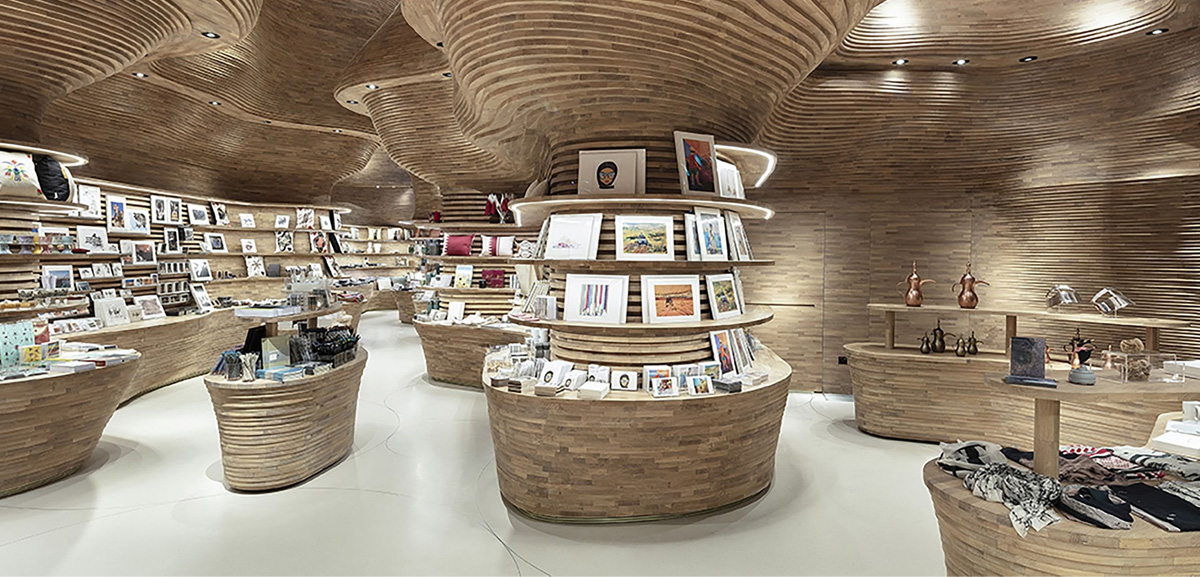Kimono. It is a traditional Japanese garment that translates to “a thing to wear“. Physically, it is a long, loose robe that has a “T” shape when hung to view. Just like western clothing, it also has varying formalities that are worn for specific occasions during each season.
My interest in kimono began back in 2009. Due to my love for documentaries, I found myself watching a YouTube video of a certain maiko (apprentice geisha) who was about to have her Erika-e. In my own words, Erika-e is a ceremony when a senior maiko’s 5-year training comes to an end, thus, she then has to turn her collar from red to white. As I understood it, it’s a sort of graduation ceremony to become a full-fledged geisha. I was stricken by her kimono during the first few parts of the video. She was wearing a blue long-sleeved kimono and a dangling long belt behind her. She walked gracefully on her tall wooden clogs without any worry of tripping off. I can’t help but imagine myself wearing a kimono, but I know how expensive they might be.
After the video, I opened another tab to browse for kimono. I taught myself about the basics of kitsuke and soon watched video tutorials of wearing one. Without my knowledge, my mom was also watching behind me. Later in 2010, my family and I went to church for a prayer meeting. As I was staying in the kids’ room, my mom was in the other room with the elder members, talking to a church mate who just got home from Japan. I was not aware until mom came to the kids room and gave me a box and asked me to choose at least two items I’d like. To my surprise, I found a kimono inside! I picked a pink yukata and a yellow dance kimono and told mom how much I wanted it. Thankfully, she got them for me.
My journey began there – with a yukata, a dance kimono and my mom.
Through the years, I have collected more and more kitsuke items through buying online and hunting down Japanese surplus shops in my area. In this blog, I’d like to share my journey as I also try to discuss the different types of kimono.
- Yukata (浴衣)
A yukata is a type of kimono made out of cotton or synthetic, light fabric because it is meant to be worn during summer festivals in Japan. Originally, these were worn as a robe when one is going to a bath house during the early times. A friend of mine told me that traditional yukata were once only indigo and white in color but since it became a popular matsuri (festival) wear, more colorful ones started to appear in the 90’s.
Yukata is worn by both men and women. One can tell the difference between a kimono for men and women by the sleeve. For men, the sleeve extension is shorter which only measures about 10 cm from the armpit seam while it’s around 20 cm for women. Kimono for women are also generally longer and are more colorful than men’s.
A yukata is paired with a hanhaba obi for women and a kaku obi for men.
- Komon (小紋)
Komon is the most informal type of kimono. Literally translating to “small pattern”, it has a repeated, all-over pattern with no particular direction. It can be worn by both married and unmarried women.
As per my experience, I have some kimonos that are washable while some are not. Although casual, some kimonos are made out of silk and these are the ones you would not want to get in contact with water because it will shrink. I have one kimono that had already shrunk when I got it, so I only wear it at home.
Kimonos can be paired with fukuro obi and hanhaba obi.
- Iromuji (色無地)
The term iromuji translates to “plain color”. Technically-speaking, this type of kimono only has a single color. There are some iromuji with subtle design but the colors are either monochromatic or can only be seen under the light.
This kimono is appropriate for tea ceremonies and its formality depends on the presence and absence of crests.
Iromuji is paired with fukuro obi, usually tied in the taiko musubi style.
- Odori (踊り)
The term odori means “dance” so basically, this is a type of kimono for dance.
So far, most odori kimono I have seen are tsukesage, houmongi, or komon in style (I will discuss tsukesage and houmongi later). Usually, some odori kimono are synthetic so some can be washed regularly. In my case, my first odori kimono was dyed so the colors bled quite a bit when I washed it. Also, most odori kimonos are unlined. The reason for this is of course, to keep the wearer cool during performance.
One time I wore an odori kimono was when I competed in an international song festival held in Manila last 2016. I joined the Japanese singing category and my professor advised me to wear a kimono on stage. Seeking my co-collectors’ advice, I ended up wearing my first odori kimono. One good thing about wearing this type of kimono is that you have to up your coordination skills because the accessories should be bold, yet they should coordinate well with your kimono.
- Tsukesage (付下げ)
This is a type of a semi-formal kimono that has a characteristic of broken patterns along the seams. It is quite similar to a houmongi but I will discuss the difference later on.
In my kimono-hunting experience, tsukesage is one of the most difficult to find.
A tsukesage can be at most worn in parties, receptions, and some ceremonies but one still has to be mindful of the formality of the event.
- Houmongi (訪問着)
A houmongi translates to “visiting dress” and its patterns cross the seams and are oftentimes heavy on the hem part. The patterns may be balanced from the hem to the body and the right sleeve of the entire kimono. Technically, a houmongi is less formal than a tomesode but is more formal than the tsukesage. It can be worn by both married and unmarried women.
On my part, I only own 1 houmongi and I believe that it’s a hybrid of a houmongi and tsukesage. I believed that it was a houmongi at first but when I showed my friends a photo of the pattern, they told me it’s a hybrid. I brought it with me to a kimono meet last year so that they could have a better look and they told me it can pass as a houmongi already because there was only one part where the design got broken and most of it are crossing the seams.
Just like my only tsukesage, this one is just as hard to hunt in the shops.
- Furisode (振袖)
The term furisode translates to “swinging sleeves”. It is the most formal type of kimono worn by unmarried women. The sleeve length of a furisode can vary from the long 105 cm oh-furisode, 90 cm chuu-furisode, and the shortest 75 cm ko-furisode. The formality of a furisode can depend on the length of its sleeves. In some graduation ceremonies, young ladies wear a ko-furisode ensemble in exchange of the western toga coat.
I only have one furisode and unfortunately, it’s quite short for me. Its length can’t make an ohashori fold on the waist so what I do with it is pair it with a hakama.
- Tomesode (留袖)
Literally, the term tomesode translates to “fastened sleeves”. It has two types, namely irotomesode (color) and kurotomesode (black). Kurotomesode always have 5 crests while irotomesode can be of any base color and can have none to 5 crests. Its pattern usually incorporates metallic colors such as silver and gold. The pattern of a tomesode is only below the waist, by the hem.
This is the most formal kimono that married women can wear. It is worn in formal occasions such as weddings.
- Kakeshita (掛下)
A kakeshita is a wedding kimono with a slightly padded hem. In my own observance, a kakeshita can have patterns that are either painted on the fabric or embroidered / woven. It has long sleeves like a furisode but the difference is told by the semi-padded hem.
- Uchikake (打掛)
An uchikake is a highly-formal kimono. Just like the kakeshita, it is only worn by brides. There are some instances when an uchikake is also worn in stage performances such as kabuki.
Basically, an uchikake is a heavily-brocaded outer coat. Like the kakeshita, it is meant to trail on the floor, thus, it has a bigger padded hem.
My uchikake has always been reserved until I finally complete my oiran ensemble. But in the past, I have worn my uchikake in some events such as an educational kimono fashion show.
This pretty much covers most types of kimonos for women. There are still some that I have not included yet as I still do not have them in my collection.
Author: Mie Haru – ミエ 春
Source: http://mienokitsuke.blogspot.qa/






Leave A Comment
You must be logged in to post a comment.